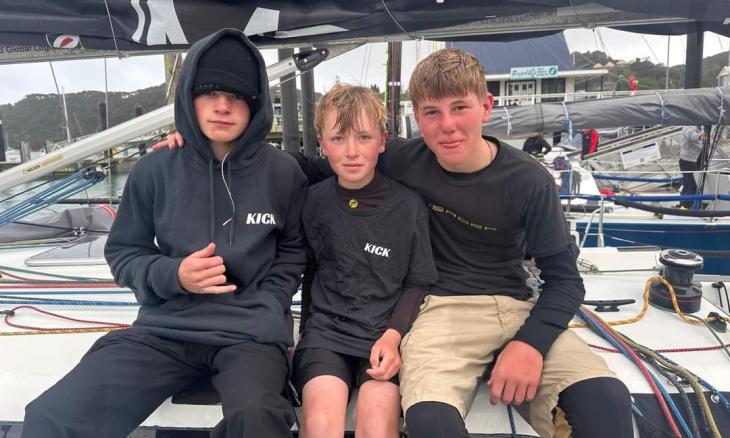Bay of Plenty residents and visitors remain at risk of paralytic shellfish toxin poisoning. “Levels of toxin found in shellfish are still high and there have been two further cases of illness reported over the Christmas and New Year holiday,” says Dr Jim Miller, Medical Officer of Health for Toi Te Ora – Public Health Service. This brings to 29 the total number of people who have been poisoned by eating toxic shellfish collected from the Bay of Plenty coastline since mid-December.
“Paralytic shellfish poisoning can be a very serious illness, it can even be fatal. People have been really sick after eating shellfish from the Bay of Plenty, with some requiring treatment in the intensive care unit. Please look out for the signs and don’t collect or eat shellfish from the affected areas,” says Dr Miller.
The Medical Officer of Health strongly advises against the collection of shellfish from Tairua on the east coast of the Coromandel Peninsula, south to Waihi Beach and along the Bay of Plenty coast to Whakatane Heads in the Eastern Bay of Plenty. The warning includes Tairua Harbour as well as Tauranga Harbour, Maketu and Waihi estuaries, Matakana and Motiti Islands, and all other islands along this coastline.
The health warning applies to all bi-valve shellfish including mussels, pipi, tuatua, cockles, oysters, scallops as well as cat’s eyes, snails and kina (sea urchin). Shellfish in the affected area should not be taken or eaten. Shellfish containing toxic levels of paralytic shellfish poison don't look or taste any different from shellfish that are safe to eat. Cooking or freezing the shellfish does not remove the toxin. Paua, crayfish and crabs can still be taken but as always, the gut should be removed before consuming. “If you do want shellfish this summer, visit your supermarket or seafood retailer as commercially supplied shellfish are safe to eat,” says Dr Miller.
The toxin that causes the illness comes from algae in the ocean. Shellfish feed on the algae and concentrate the toxin in their flesh. Algae levels are extremely high in the Bay at present so shellfish toxin is also at elevated levels.
Consumption of shellfish affected by the paralytic shellfish toxin can cause numbness and tingling around the mouth, face, hands and feet; difficulty swallowing or breathing; dizziness; double vision; and in severe cases, paralysis and respiratory failure. These symptoms can start as soon as 1-2 hours after eating toxic shellfish and usually within 12 hours. Anyone suffering illness after eating shellfish should seek urgent medical attention.
Shellfish and seawater samples around New Zealand are tested regularly by the Ministry for Primary Industries to ensure they are not contaminated. Public health warnings are issued when shellfish are not safe to eat. For more information about marine biotoxin alerts visit www.foodsmart.govt.nz.
For up to date information on health warnings in the Bay of Plenty please visit www.ttophs.govt.nz and click on health warnings or call 0800 221 555 and select option 7 to speak to the on call health protection officer.



